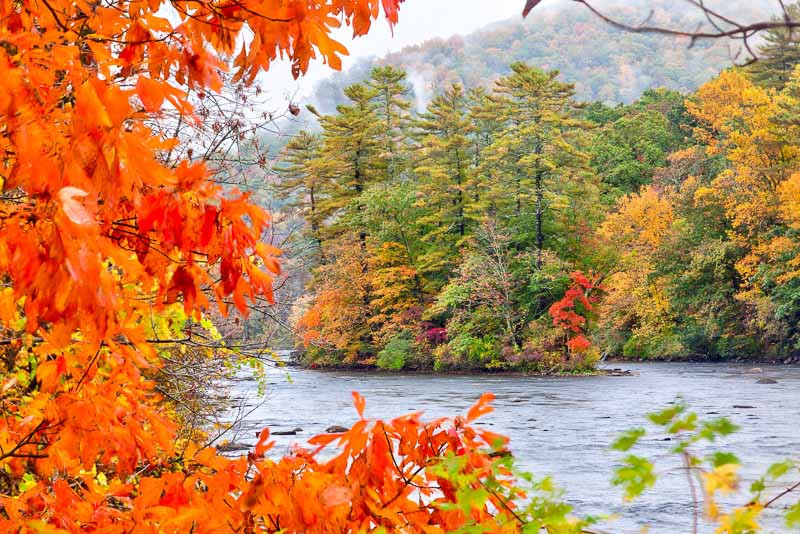Connecticut Native Plants
Cultivating native plants is a sustainable approach to gardening in Connecticut, benefiting both the local ecosystem and your garden’s aesthetics. These resilient plants have adapted to Connecticut’s soil, climate, and wildlife over thousands of years, ensuring their longevity and vibrancy in your garden.
- Begin your planting process by assessing your site conditions – sunlight exposure, soil type, drainage, and wind patterns. This will guide your plant choices, ensuring their survival and growth.
- For full sun, consider the Butterfly Weed (Asclepias tuberosa), a beautiful orange perennial that attracts monarch butterflies. If your site is shady, the Red Trillium (Trillium erectum) can add a dash of color in the spring.
- Trees form an essential component of any landscape. The Eastern White Pine (Pinus strobus) is a fast-growing evergreen suitable for large spaces, while the Flowering Dogwood (Cornus Florida), with its stunning spring blooms, can be an excellent addition to smaller gardens.
- Wildflowers like the Purple Coneflower (Echinacea purpurea) and Black-eyed Susan (Rudbeckia hirta) not only add vibrancy but also attract pollinators, strengthening the local ecosystem.
- Remember to use sustainable gardening practices. Use compost and organic mulches to improve soil health and conserve water. Avoid synthetic fertilizers and pesticides, letting nature control pests.
- Creating a garden with Connecticut’s native plants is not only a visually rewarding endeavor but also a crucial step toward preserving the state’s biodiversity. It allows your garden to thrive naturally, with minimal intervention, while serving as a haven for local fauna.

